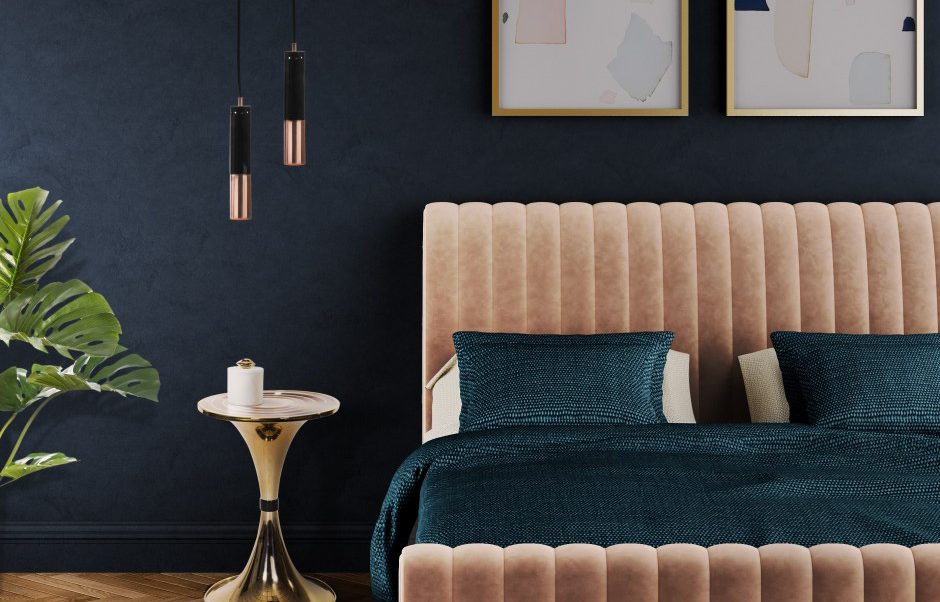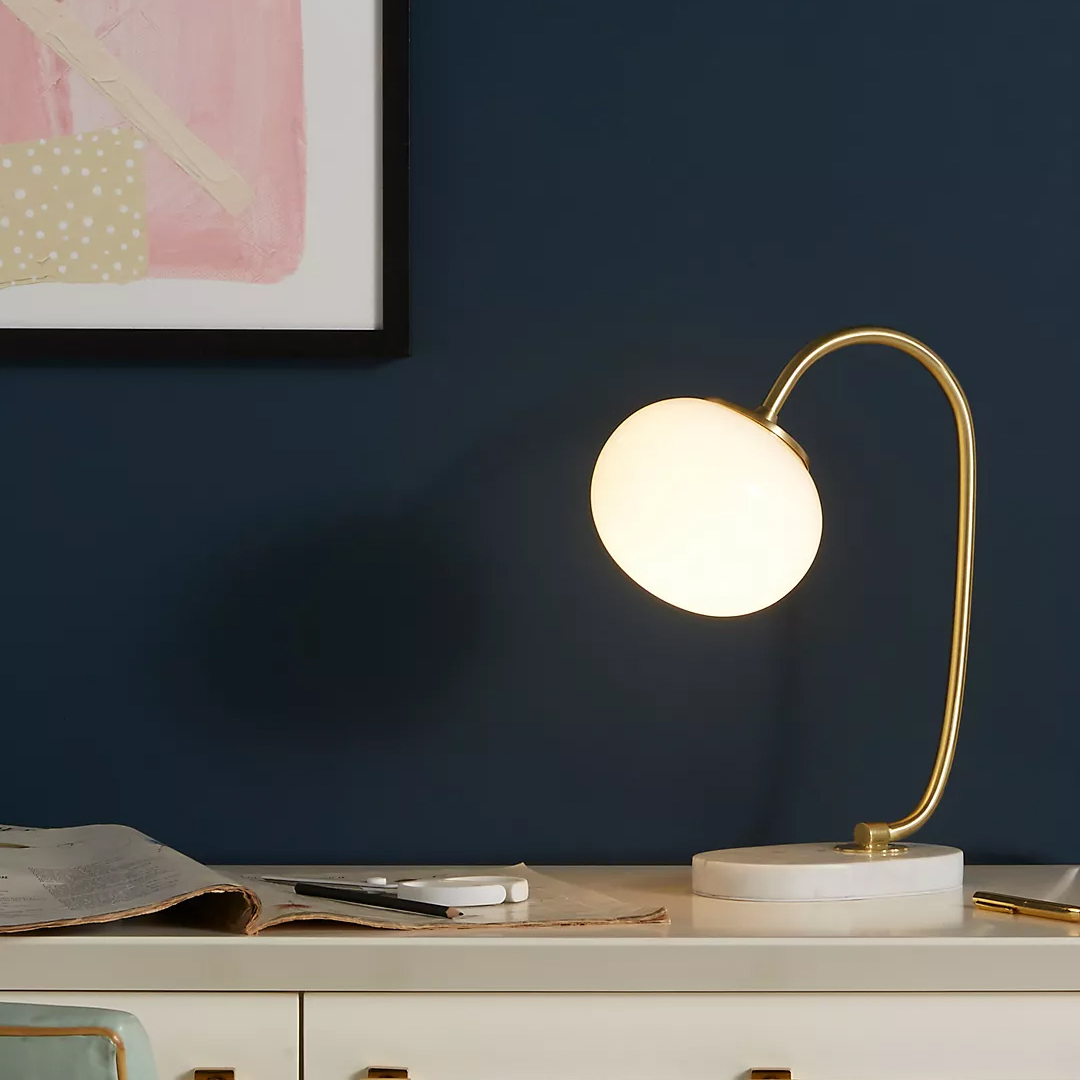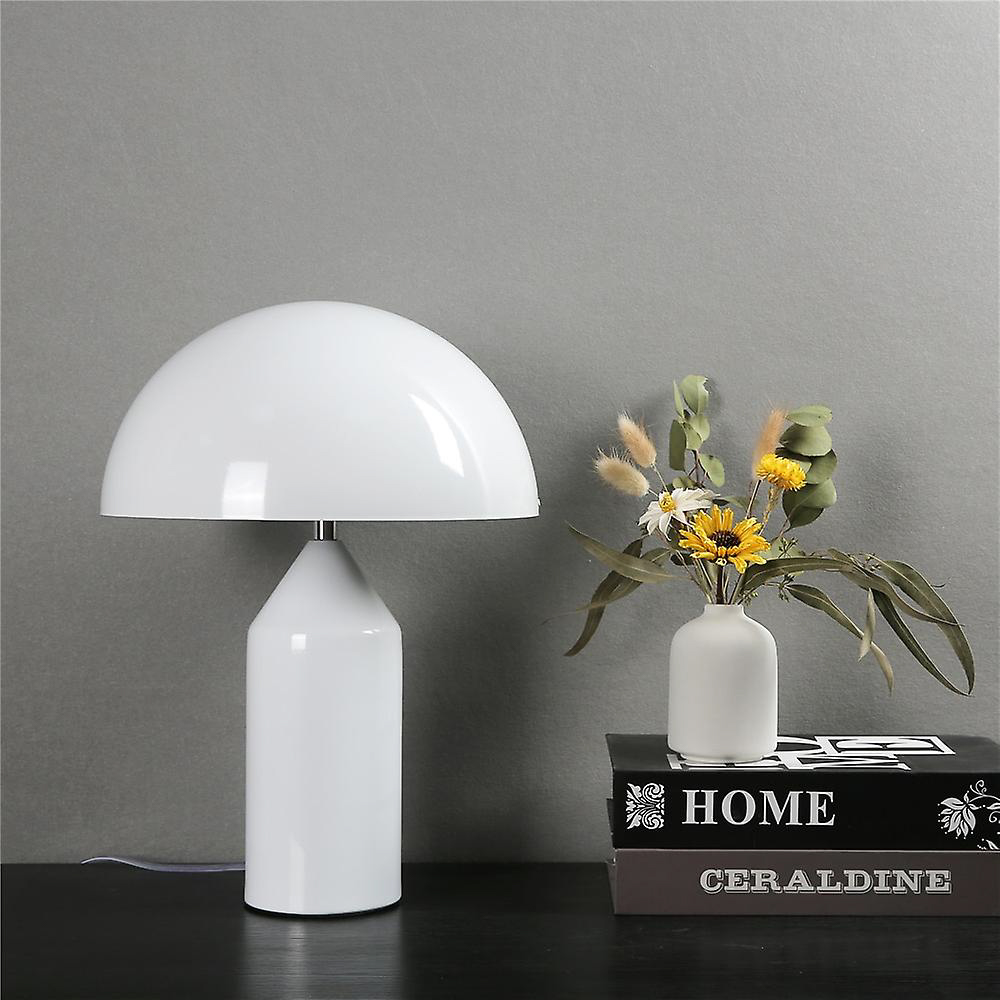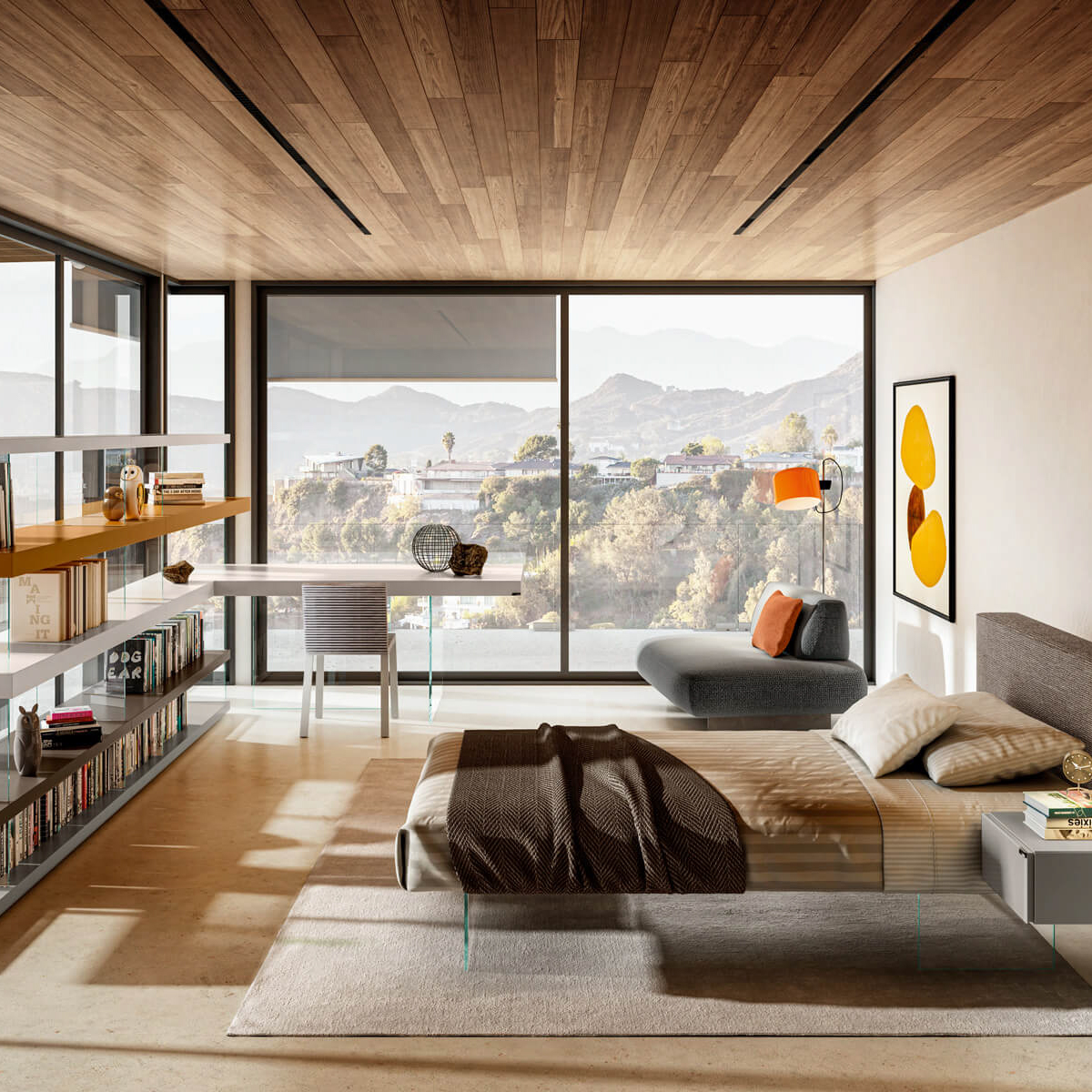The Importance of Lighting Design
Lighting is a key aspect of any home design, affecting everything from the room’s atmosphere to its functionality. Good lighting design can transform a space and create the perfect ambiance for any occasion.
When it comes to lighting design, there are three main types of lighting: ambient, task, and accent. Ambient lighting is used to create a general, overall light in a room. Task lighting, on the other hand, is used to illuminate specific areas for particular purposes such as reading, cooking, or working. Accent lighting is used to highlight particular features such as artwork, architectural details or a special collection.
1. Ambient Lighting Ideas
There are many ways to create ambient lighting in your home. One option is to use a dimmer switch to control the brightness of overhead fixtures. This will allow you to adjust the lighting to suit different moods and occasions. Another option is to use pendant or chandelier lighting, which can create a soft, warm glow that fills the room.
2. Task Lighting Ideas
Task lighting is essential for areas of the home where specific activities take place, such as the kitchen or home office. For these areas, it’s important to choose lighting that is bright enough to support the task at hand without being harsh or overwhelming. Under-cabinet lighting, desk lamps or adjustable floor lamps are all great options for task lighting.
3. Accent Lighting Ideas
Accent lighting can add drama and visual interest to a room. One way to do this is to use directional lighting to highlight artwork or other special focal features in a room. This can be accomplished with track lighting, adjustable recessed lighting or even strategically placed table lamps.
Choosing the Right Light Bulbs
Both the brightness and the color of the lighting you choose can make a big difference in the look and feel of your home space. Choosing the right bulbs can significantly impact both the quality of light produced and your electric bill.
When choosing light bulbs, one of the key factors to consider is their brightness, measured in lumens. The appropriate brightness for your home will vary depending on the room and the intended use of the lights. In general, a room intended for relaxation, such as a bedroom or living room, will need lower lumens than an area like the kitchen, which requires brighter lighting to accommodate tasks and activities.
The second factor to consider when choosing light bulbs is their color or “temperature.” This is measured in Kelvins and will impact the appearance of your home lighting. Bulbs with a “warm” color temperature tend to give off a yellow or orange glow, while bulbs with a “cool” color temperature tend to produce a brighter, more blue-toned light. Choosing the right temperature will depend on the room and the purpose of the lights.




